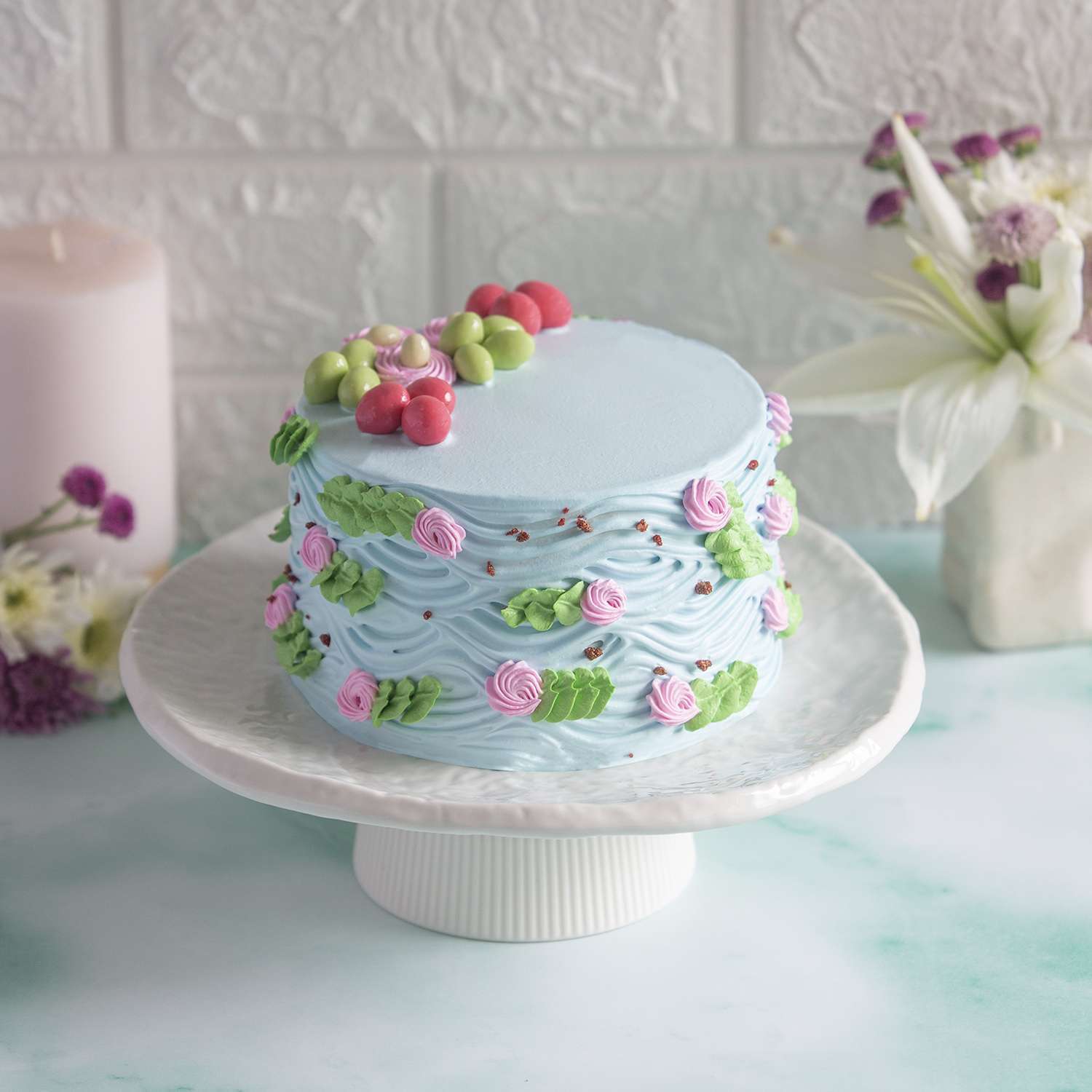In the realm of baking, creativity knows no bounds, and one delightful trend that has taken the cake (literally) is the incorporation of floral elements into cake designs. Floral cakes have become increasingly popular, not just for their aesthetic appeal but also for the unique flavors they bring to the table. In this article, we’ll dive into the enchanting world of floral cakes, exploring their beauty, flavor profiles, and the artistry behind creating these edible floral masterpieces.
The Aesthetic Allure of Floral Cakes:
Floral cakes are a feast for the eyes, often resembling a work of art. Bakers and cake decorators draw inspiration from the vibrant colors and intricate patterns found in nature to craft visually stunning creations. Edible flowers such as pansies, violets, roses, and lavender are meticulously arranged on the cake’s surface, transforming it into a botanical masterpiece. Additionally, floral motifs can be intricately piped onto the frosting using various decorating techniques, allowing for endless design possibilities.
Floral Flavors: Beyond Vanilla and Chocolate:
What truly sets floral cakes apart is the infusion of delicate and aromatic flavors derived from edible flowers. Bakers have moved beyond traditional vanilla and chocolate, experimenting with floral essences to create unique taste experiences. Lavender, rose, jasmine, and elderflower are just a few examples of flowers that lend their subtle fragrances to cake batters, frostings, and fillings. These floral notes add a sophisticated and nuanced dimension to the overall flavor profile, offering a refreshing departure from conventional cake options.
Popular Floral Combinations:
Bakers often explore creative pairings to enhance the floral experience of their cakes. Some popular combinations include:
- Lemon and Lavender: The citrusy brightness of lemon pairs harmoniously with the soothing fragrance of lavender.
- Rose and Pistachio: The romantic essence of rose complements the nutty richness of pistachios, creating a decadent flavor profile.
- Orange Blossom and Almond: The delicate essence of orange blossom adds a floral touch to the nutty sweetness of almond, resulting in a delightful combination.
- Chamomile and Honey: The calming notes of chamomile combine with the natural sweetness of honey for a comforting and unique flavor.
The Artistry of Floral Cake Decoration:
Creating a floral cake is not just about flavor; it’s an art form. Bakers employ various techniques to achieve stunning visual effects. Fondant flowers, buttercream piping, and edible flower arrangements are just a few methods used to bring floral designs to life. Some cakes even feature edible flower petals pressed directly into the frosting for a more natural and organic appearance.
Where to Find Floral Cakes:
Floral cakes have found their place in bakeries, patisseries, and even custom cake shops. Many skilled bakers specialize in crafting bespoke floral cakes for special occasions such as weddings, birthdays, and celebrations. Additionally, with the rise of online bakeries, individuals can order floral cakes for delivery, ensuring that these exquisite creations can be enjoyed and admired across various locations.
In Conclusion:
Floral cakes represent a delightful fusion of art and culinary innovation. Beyond their visual allure, these cakes offer a sensory experience that captivates the palate with unique and sophisticated flavors. Whether you’re planning a special occasion or simply want to indulge in a slice of edible art, exploring the world of floral cakes is sure to be a memorable and flavorful journey into the blooming landscape of baking creativity.



